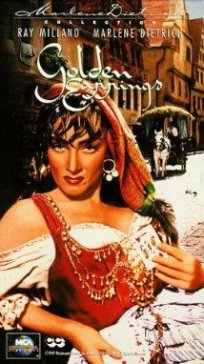The Romani proverbs in Ian Hancock’s We Are the Romani People express many things about Romani culture and how they view the world. A good deal of the proverbs are cautionary or distrusting such as “if you want to see the fish don’t stir up the water” and “Be careful in the village with no dogs.” This skepticism and cautiousness makes perfect sense when we take into consideration the fact that for hundreds of years Romani only had each other to trust or rely on. Another common theme running through the proverbs is one of making your own luck which is illustrated in a number of proverbs such as “Don’t rely on your feet, rely on your mind”, “A righteous man will profit even in a poor town”, “The poor man seeks out poverty, because he makes his own luck”, and “A dog that wanders will find a bone.” This idea of making one’s own luck is interesting because Romani are often thought of as superstitious people who believe in things such as fate, like the fortunetellers shown in films and literature.
I chose the proverb “Be careful in the village where there are no dogs”. At first I chose it just because the sound of it and the image resonated with me the most, but as I began to write my poem it took on a deeper meaning for me. I started thinking about the times in my life where I could’ve used a little more prudence or guided myself more carefully; I thought of my mistakes. Mistakes are a great thing to write a poem about because everyone makes them, and they resonate strongly on an emotional level with everyone. I wanted to use the proverb as an epitaph to give the poem a cautionary or regretful feel.


